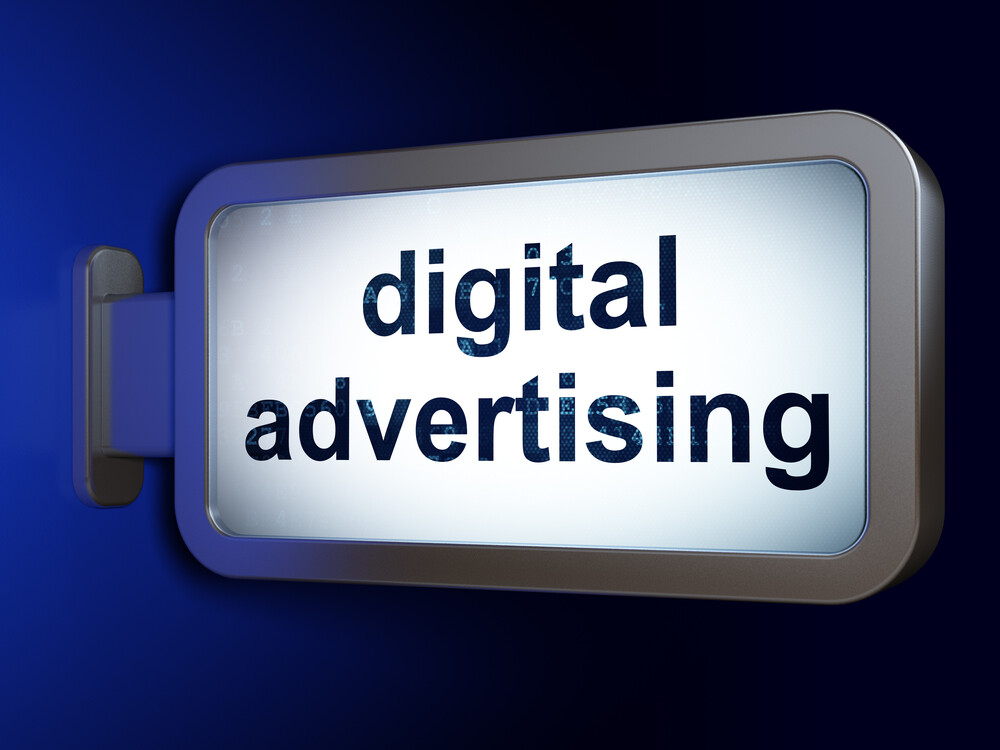
13 Feb Digital Advertising 101
Digital Advertising 101
What you need to know for modern advertising
As of 2014, an estimated 86.75 percent of the population of the United States used the internet. Digital advertising gives companies the tools they need to reach these potential customers and share their brand. As people gain increasing amounts of control over the advertisements they see, companies must find new ways to find and appeal to their customers if they want their organization to grow. Digital advertising offers these businesses a solution.
The goals of digital advertising
Digital advertising gives companies a way to target precise groups of people based upon their likelihood to make a purchase from a particular company. Each ad works to drive traffic towards the company’s website.
Customers today have become increasingly relationship focused and they want to feel as though they can trust the companies with which they are doing business. Unlike in the past, when consumers were dependent upon sales teams to contact them with information about new products or services, customers today do their own research. They are in charge of much of the sales funnel. It is the role of the organization to cast their brand into the prominent spotlight and build the crucial relationship with customers, so that when the time comes for them to buy, they turn to the company they trust. The first step in this process is attracting their attention, which is the job of the digital ad.
How digital ads work
When a company designs the ad, they will have to bid on particular keywords for the platform they desire. For example, an HVAC company in Sacramento, California might bid on the keyword ‘air conditioner repair Sacramento’ on Google. When certain user types that keyword into the search bar, their ad will show up. The frequency of the ad appearing for a particular keyword will depend upon the bid and the competition.
Digital advertising 101 can be used just about anywhere on the internet. Organizations can use advertising on social media platforms such as Facebook or Twitter to hit particular demographics. They can use search engines to identify other types of potential customers. Retargeted campaigns, when particular ads are shown to customers on websites based upon their past interest in a company, can also be run in a variety of different settings.
How to design a good digital advertisement
The key to creating a worthwhile digital advertisement revolves around getting the ad in front of the right person. Organizations must first understand precisely who they seek. They should identify buyer personas, including the job, income, budget, and pain points for different categories of specific customers. This information will give them crucial insight about who each advertisement will be intended for, the types of keywords the customers will use, and where the customer might be found.
Bid on the keywords for the ad on several different platforms where the particular persona is expected to be. Carefully monitor the feedback the web advertisement receives and how the site performs. Look at traffic, the number of leads gained, the number of purchases made, and how engaged visitors seemed to be from the site. It would also be a good idea to regularly poll new customers to learn where they first heard about the company. This will give valuable feedback about the success of the campaign on different platforms and where the digital advertising campaign might need some adjustment.
Digital advertising 101 offers companies the exciting opportunity to pinpoint precisely who needs to see the advertisement, boosting engagement and those visiting the website. Those who have not used digital advertising before should carefully review the goals of this method and how to successfully run a campaign before they started.
What to know more about Digital Advertising 101 ? Our company, Webociti, specializes in providing solutions for your Internet marketing challenges. Call us for a free marketing consultation at 678-892-7157.


